Resume Writing for Cleared Professionals: Stand Out in the Defense Hiring Process
Updated June 2025 • Reading time ≈ 8–10 minutes
Introduction
For professionals holding or pursuing a U.S. security clearance, the stakes in your resume are higher—and so are the expectations. Whether you’re a systems engineer with TS/SCI, a cleared linguist, or a proposal writer supporting IDIQs, your resume needs to balance technical detail, discretion, and clarity. This guide walks through six resume strategies that help cleared professionals land interviews in defense and government contracting roles.
1. Highlighting Your Clearance Properly
The first line of your resume should clearly list your clearance level. Be specific, but do not include classified details or investigation numbers. Example formats include:
- Clearance: TS/SCI with CI Polygraph (Active)
- Eligibility: Secret Eligible – Last Investigation March 2022
If you’re cleared but inactive, state so. Recruiters can still consider you if you’re within scope.
2. Using the Right Keywords for Federal ATS
Applicant Tracking Systems (ATS) used by federal primes and subcontractors rely on keyword scanning. To pass through the first filter, ensure your resume includes:
- Job-specific tools and technologies (e.g., ArcGIS, Red Hat Linux, MATLAB)
- Contract types or programs (e.g., NGEN, JADC2, SBIR, GSA Schedule)
- Common acronyms (e.g., FOUO, DFARS, FISMA, DoDAF)
Tip: Mirror the exact language used in job postings. If the post says “cybersecurity framework,” don’t just write “infosec.”
3. Resume Structure: What Works Best in Defense
Defense hiring managers prefer resumes that are clear, chronological, and results-focused. Avoid flashy visuals, multi-column layouts, or infographics—they break ATS parsing. Use this layout:
- Header: Name, clearance level, contact, city/state
- Summary: 3–4 lines tailored to the job
- Certifications & Technical Skills: List of hard skills/tools
- Experience: Most recent first, with clear bullets
- Education: Degree, institution, graduation year
4. Proving Impact with Metrics
In defense, outcomes matter. Use numbers and mission relevance. Example:
- “Reduced system latency by 47% through refactored Python scripts supporting ISR missions.”
- “Managed COMSEC inventory across 3 secure sites with zero compliance issues during 2 audits.”
Think scope, scale, and security relevance. Did your work support NATO? A classified SAP? A Tier 1 contractor?
5. Avoiding Red Flags & CV Pitfalls
Common issues that sink resumes:
- Spelling errors: Especially around acronyms—TS/SCI not TS-SCI!
- Leaving out months: Include mm/yyyy on employment dates.
- Listing every job since 2001: Stick to the past 10–15 years max.
Bonus Tip: Never copy-paste from old PDF job descriptions. Write fresh, tailored bullets.
6. Bonus Tips for Cyber, Intel, and Proposal Talent
For cyber roles, list active tools, frameworks, and threat libraries. For intel, focus on reporting accuracy, mission tempo, and theater exposure. Proposal professionals should highlight win rates, roles in capture phases, and compliance wins (e.g., avoiding L&M violations).
Final Thoughts
Your resume isn’t just a document—it’s a clearance-friendly sales tool. In 2025, federal hiring remains competitive and fast-paced. Use this guide to ensure your resume gets noticed by the right eyes and cleared for the mission ahead.
Want personalized help? Explore our Resume Services for Cleared Talent — or contact us to schedule a career consultation today.
Categories
- Career Advice (1)
- Defense Hiring Strategy (1)
- Industry Insights (1)
